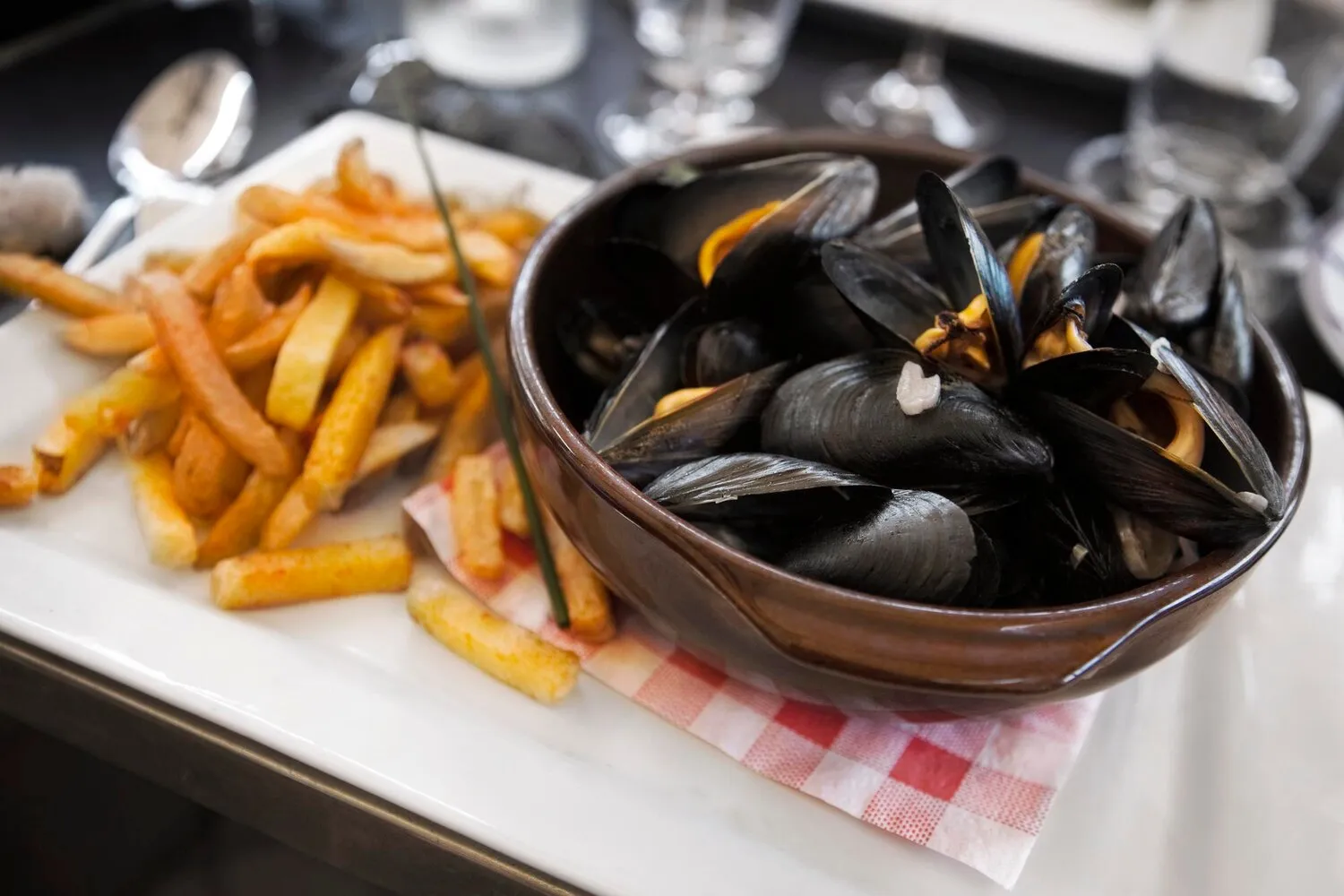
Filet américain préparé
Steak tartare, finely minced raw beef seasoned with various spices and sauces.
Nutrition Facts
* The % Daily Value (DV) tells you how much a nutrient in a serving of food contributes to a daily diet. 2,000 calories a day is used for general nutrition advice.
The exact origin is debated, but the dish's ancestor likely stems from the practice of eating raw meat among nomadic tribes. The modern iteration, known as Steak Tartare, is often associated with the Tartar people of Central Asia. The name 'Tartare' gained prominence in the late 19th and early 20th centuries, with various versions emerging in European cuisine. 'Filet américain préparé' is a specific Belgian variation.
Steak tartare is often seen as a sophisticated and luxurious dish, reflecting a willingness to enjoy bold and unconventional flavors. It's often found on the menus of upscale restaurants and brasseries.
Freshness is Key
The quality and freshness of the beef are paramount. It's crucial to use high-quality, lean cuts and consume the dish soon after preparation to minimize the risk of bacterial contamination.
Variations Across Regions
While the core ingredients remain relatively consistent, variations exist in different regions. Some versions might include specific spices or herbs, while others emphasize different condiments.
Presentation Matters
Steak tartare is often carefully presented, either formed into a patty, served in a mound, or arranged artistically on a plate, often accompanied by toast points, fries, or salad.
The flavors are a balance of savory, rich, and slightly acidic, with a hint of spice and a smooth, creamy texture.
The primary flavor comes from the high-quality, finely minced raw beef, offering a rich, meaty taste. This is complemented by the sharpness of onions or shallots, the tang of capers and pickles, the richness of egg yolk or mayonnaise, and the heat of mustard or Worcestershire sauce. Salt, pepper, and sometimes hot sauce are used to further season the dish, creating a complex and balanced flavor profile.
Source the Best Beef
Only use beef from a reputable butcher or source that guarantees its freshness and safety for raw consumption. Look for lean cuts with minimal fat and sinew.
Keep it Cold
Maintain the beef at a cold temperature throughout the preparation process to prevent bacterial growth. Use chilled bowls and utensils.
Consider Pasteurization
If you are concerned about safety, consider using pasteurized egg yolks or mayonnaise to minimize the risk of salmonella.
Eat Immediately
Consume the steak tartare as soon as it's prepared. Don't let it sit at room temperature for an extended period.
Explore additional Traditional Belgian dishes and restaurants
Explore Traditional BelgianDiscover top dining spots and culinary experiences in Liège.
Explore LiègeLearn more about the food culture, restaurant scene, and culinary heritage of Belgium.
Explore Belgium